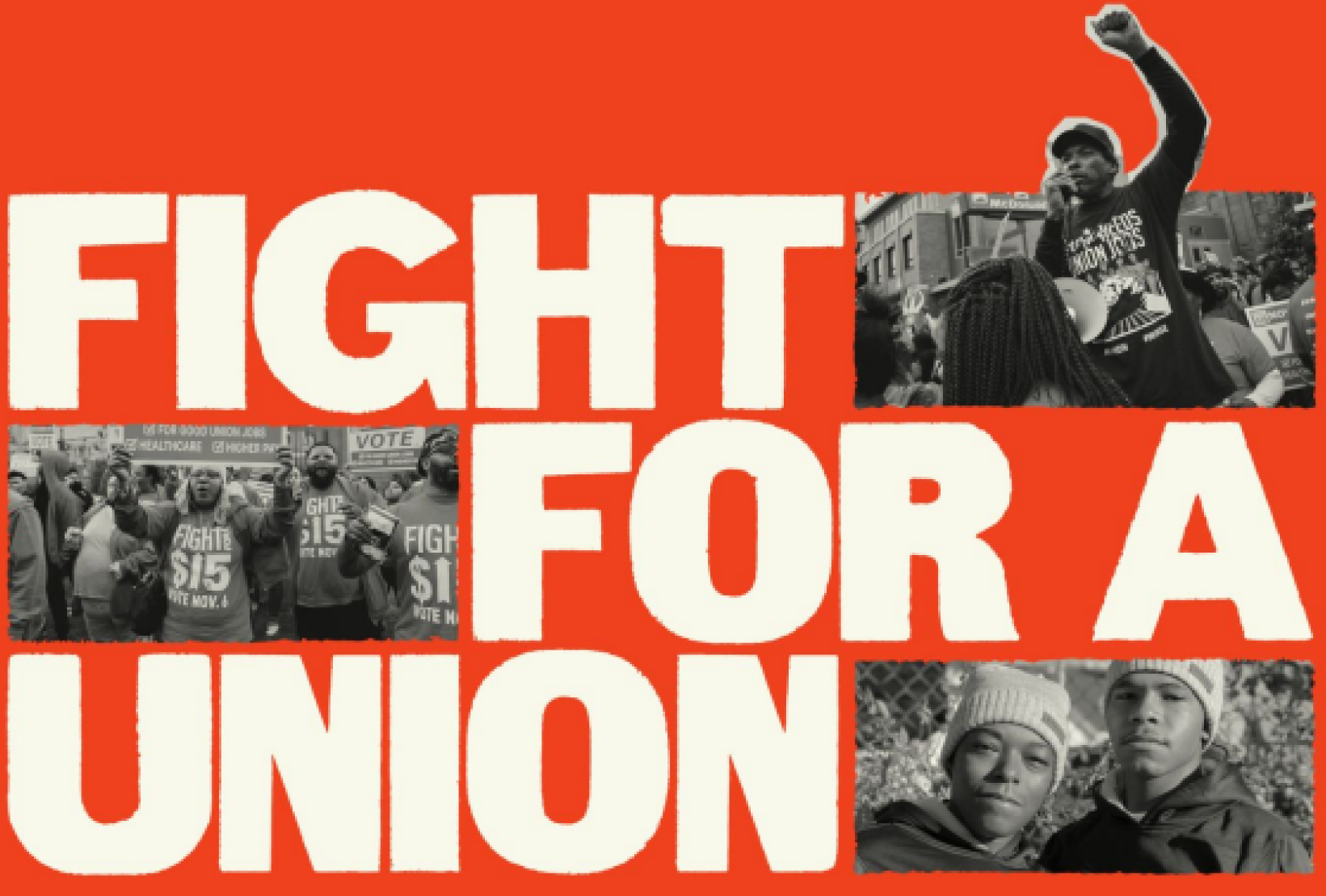Thousands of Workers. Hundreds of Cities.
One Movement
and a union!
We’re changing the rules of the game to ensure ALL workers — regardless of where we come from or where we live — get the wages, dignity and respect they deserve. For too long, rich CEOs and corporations have held all the power. It’s time that changes!

We started fight for $15.
Our fight goes beyond a number. It is a fight for respect, dignity, racial justice, higher wages, and improved living conditions – the fundamental rights we are owed as workers. Rights we only gain through unions!
As we continue the struggle we initiated years ago, it’s time to sharpen our demand. We need a union.


